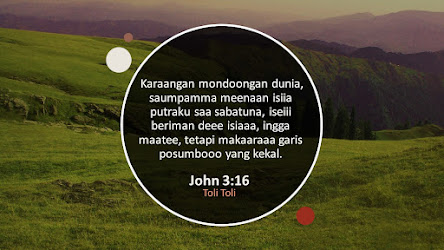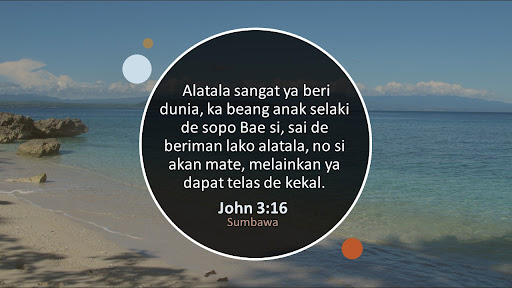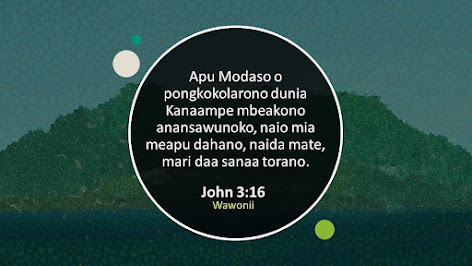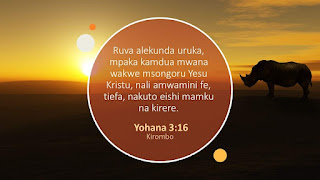Plain Text: ພະເຢໂຫວາ ໂຢະປຣະຮ໌ລຶງກາແຕກຮາອຶຍ. ອັນ ເບີນ ໄກຮາເລົາມະນະ ໂອນເນົາ ອັນ ຈຢະ ລາຕາມ ອັນເຊື່ອມະນະໄກຮາເລົາໂຕເນ ອັນ ເຕີດັງ ກາເຈດ ຫາກ ເບີນ ຊີວິດ ອຳມະຕະ -- ຈອນ 3:16 SEO Keywords: ethnic group,Katang,Kataang,Lao,Laos,Lao Theung,culture,wooden houses,crop rotation,irrigation,slash-and-burn agriculture,ethnic beliefs,Buddhism,animism,forest spirits,taboos.,Southeast Asia,Savannakhet,Saravan,Champasak,subgroups,piercings,lobes,traditions,festivals,house spirit.,Mukdahan,Mekong River,Thai border,Pakse,Champasak Province,Tha Khaek,caves,limestone formations,Vientiane,capital city,Huey Tat,ancient ruins,temples.












